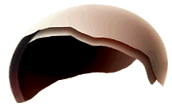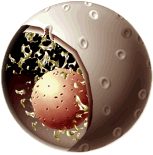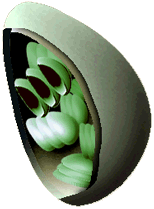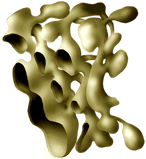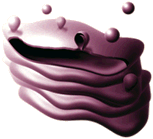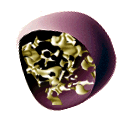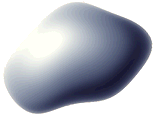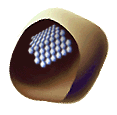The Biology Project > Cell Biology > PEV > Eukaryotes
Prokaryotes, Eukaryotes, & Viruses Tutorial
Eukaryotes
Basic structure
The basic eukaryotic cell contains the following:
|
|
The Biology Project > Cell Biology > PEV > Eukaryotes
The Biology
Project
Department of Biochemistry and Molecular Biophysics
University of Arizona
April 1997
Revised: August 2004
Contact the Development Team
Department of Biochemistry and Molecular Biophysics
University of Arizona
April 1997
Revised: August 2004
Contact the Development Team
http://biology.arizona.edu
All contents copyright © 1997 - 2004. All rights reserved.
